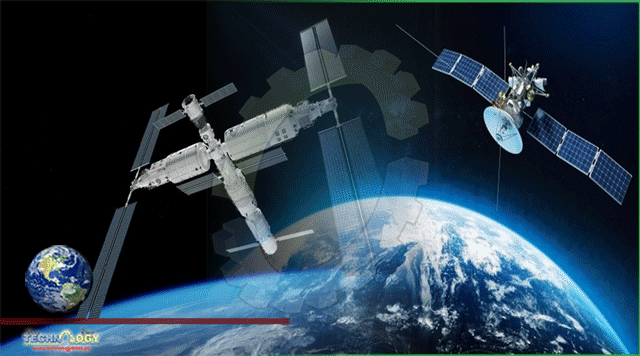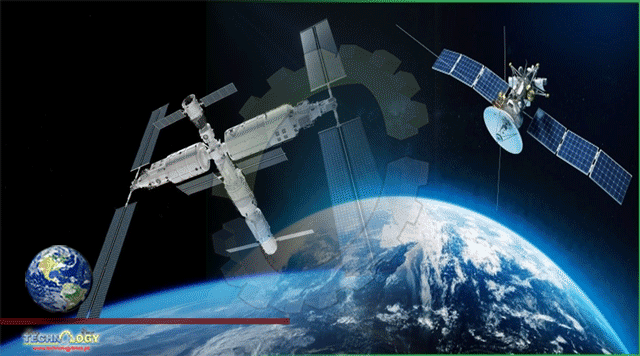The two close encounters between SpaceX’s Starlink satellite and China’s space station have sparked heated debate in space regulation. Here are the facts behind the incidents and why close encounters in space can be deadly.

On July 1, 2021, a SpaceX Starlink satellite almost crashed into China’s space station, forcing China’s Shenzhou-12 crew to carry out an emergency avoidance maneuver to dodge it.
In less than four months, on October 21, it happened again – only that time, the two spacecraft came even closer. The incident occurred merely four days after China’s Shenzhou-13 crew boarded the space station.
But the two incidents only came to light recently, after China filed a complaint to the UN’s space agency, stating SpaceX’s irresponsible act endangered the lives of astronauts aboard China’s space station and violated the UN’s outer space treaty.
The two close encounters with China’s space station weren’t the first time Starlink satellites were involved in such near misses.
According to Hugh Lewis, Europe’s leading expert on space debris, Starlink satellites are involved in an average of 1,600 close encounters every week, accounting for nearly 50 percent of such incidents in space.
By the time all 12,000 Starlink satellites for the first constellation envisioned by SpaceX’s founder Elon Musk are launched, scientists believe they will contribute to 90 percent of such close approaches.
According to Brown University statistics, “With so many objects flying in different directions at over 27,000 kilometers per hour and so close to each other, the consequence of even the smallest collision could be deadly and catastrophic.”
American astrophysicist Jonathan McDowell posted two graphs detailing the two incidents on Twitter. Each spacecraft is represented by two lines on the graphs indicating their farthest and closest point to Earth.
On July 1, a Starlink satellite abruptly lowered its altitude before entering the Earth’s atmosphere, putting it on a trajectory to crash into China’s space station. In another case on October 21, a Starlink satellite suddenly rose to a higher altitude without any notice, and again, came too close to China’s space station which operates at a stable altitude. At one point, the two spacecrafts were merely 4 kilometers away from each other. That proximity by outer space standards is extremely close and dangerous.
The American scientist also pointed out that the Chinese in both cases was forced to urgently change their space station’s altitude. McDowell also suggested that although SpaceX was obligated to inform other nearby spacecrafts of its adjustment, it had failed to do so in either one of the two cases – neither before nor after its sudden altitude change.
Musk has yet to respond to the two incidents. But in his latest interview with Financial Times, when faced with criticism on the rapid expansion of his Starlink project, he said, “Space is just extremely enormous, and satellites are very tiny.”
He then compared the Starlink constellation to motor vehicles on Earth by saying, “A couple of thousand satellites is nothing. It’s like, hey, here’s a couple of thousands of cars on Earth, it’s nothing.”
Indeed, space is enormous, but low Earth orbit where all satellites and space stations operate is already getting increasingly crowded. The global community, including astronomers and international space agencies, have been calling for more scrutiny and regulations on orbital launches since Starlink’s first launch in 2019. Many fear SpaceX’s growing monopolization in space may jeopardize astronomy research and safety of many space exploration activities to come.
Source: CGTN
